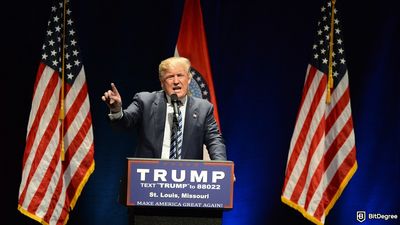With recent news covering Bitcoin price fluctuations and the DeFi sector, something that’s often overlooked are the alternative methods of acquiring cryptocurrencies. Specifically, in this case, it references crypto mining.
The Cambridge Centre for Alternative Finance (CCAF) put out a statement claiming that the United States of America has become the leader in the crypto mining sector. This signals a shift, since, for the longest time, this title belonged to China.
The Chinese government has been trying to outlaw and ban cryptocurrencies for some time now. One of the latest crackdowns involves mining operations - any and all forms of crypto mining are now illegal to be performed within the country. Seeing as China was the largest player in the space, naturally, this has implications for the entire asset sector.

Did you know?
Want to get smarter & wealthier with crypto?
Subscribe - We publish new crypto explainer videos every week!
Sidechains in Crypto Explained EASILY (Animated)


As of the beginning of September, the US accounted for 35,4% of the global Bitcoin hashrate. This is double what the number was at the end of April, and the beginning of May.
The mining trends didn’t only shift towards the US, however. As China closed down its mining operations, increases in hash rates could be seen in other major Bitcoin mining-savvy countries around the world, too. For example, some of the most notable numbers could be seen in Kazakhstan and Russia (18,1% and 11%, respectively).
All of these numbers are especially notable since, at its peak, China held around 75% of the world’s BTC hashrate. One would not be wise to think that this is the actual number that was lost with the Chinese crypto mining ban, however.
As of writing this, the hashrate from China itself is, evidently, minuscule, and close to non-existent. That being the case, it would be fraudulent to think that all of the corporate miners within the country have seized their operations. Instead, the reality is that they’ve relocated their mining processes to other countries, and are continuing to mine BTC there.
This, in turn, makes it difficult to determine how much of the other-country hashrate percentage growth mentioned above has to do with the natural growth of domestic miners, and how much is complemented by Chinese firms and corporate mining operations.
The Chinese crypto mining ban is significant to all cryptocurrency-related industries worldwide. It sends a clear message that these businesses need to diversify their business models, and spread out their reach. If this isn’t done successfully, and all operations of said firms are centralized to a single zone governed by a single authority, depending on the legislative and regulatory landscapes, certain bans and policy overhauls can impact said operations drastically.





















